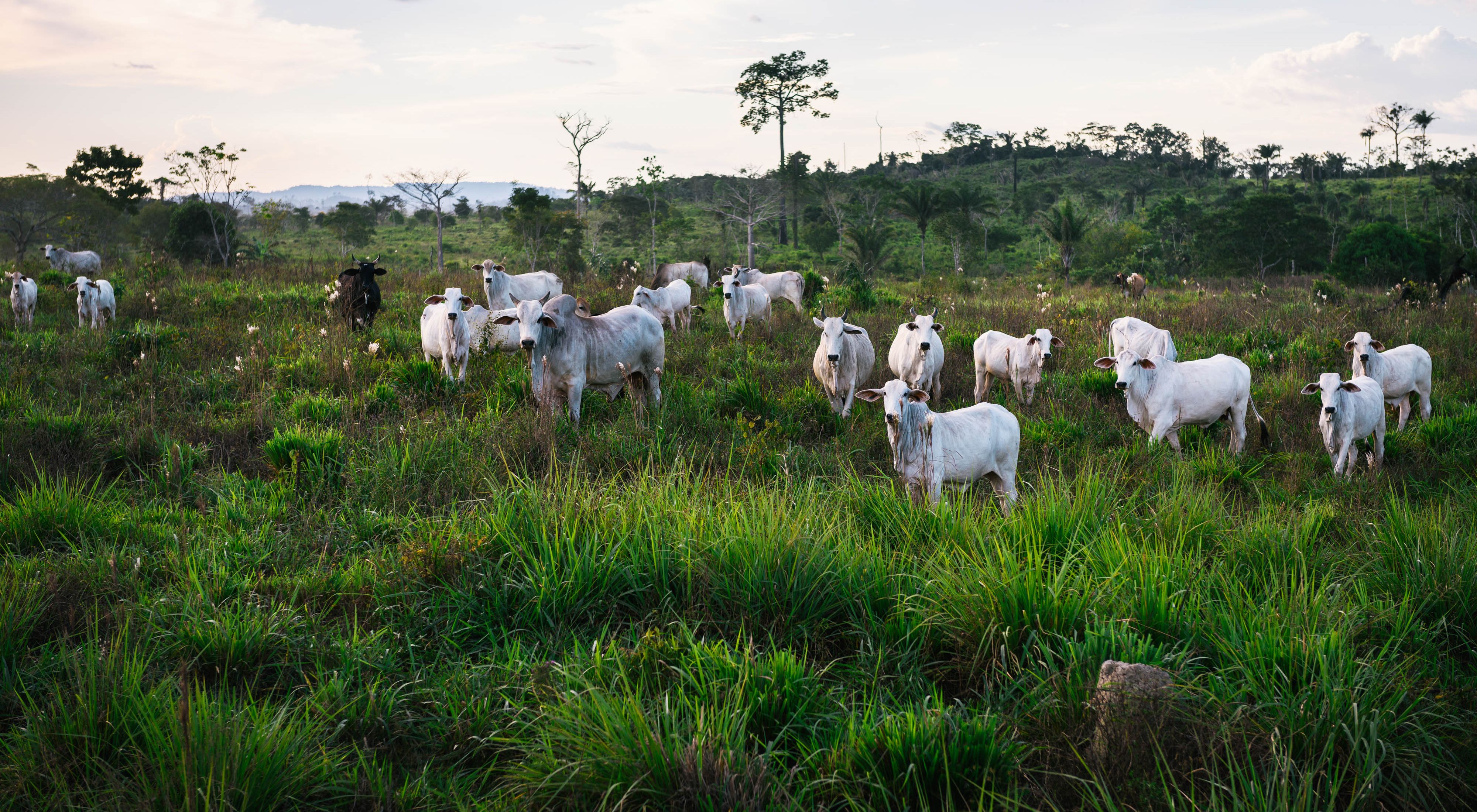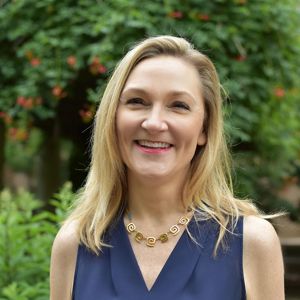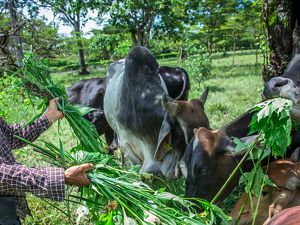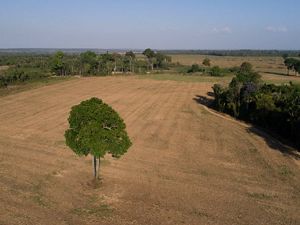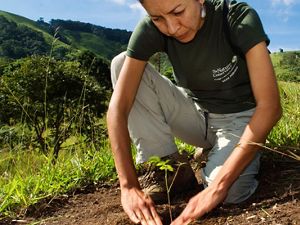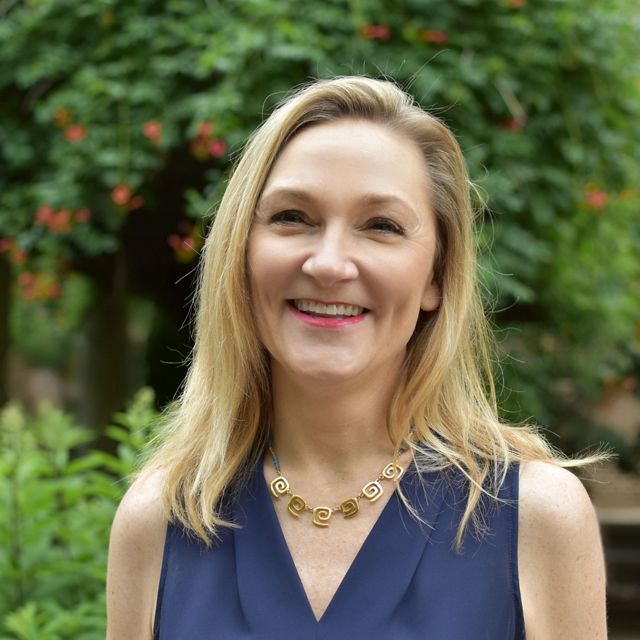In the Latin America region, over 26% of the population lives on less than $5.50 USD a day. However, in Nicaragua, a Central American country just north of the economically prosperous Costa Rica, the panorama is much worse. Poverty levels are currently at $2 USD a day for 30% of the population with 50% of the households in rural areas living in extreme poverty.
Climate change and weather variability can exacerbate these poverty issues, particularly in drier areas in rural Nicaragua, such as the department of Boaco. Severe droughts caused by the El Niño weather effect have critically impacted Nicaragua since 2014 with lower-than-historical rainfall and extended dry seasons hitting hard at the rural agricultural sector.
Cattle ranchers in the departments of Boaco and Matagalpa have witnessed the fluctuating climate over the past few years and noticed its direct impact to their profitability.
One young cattle rancher in his thirties, Jeudyn Martínez Flórez, operates a 60-acre farm with 25 milk-producing cows in Boaco. He sells his milk to the local San Felipe milk cooperative, peaking at an impressive 40 liters (10 gallons) a day during the rainy season. Yet, in the dry season, his production is a fraction of that amount and in the past few years the dry season has extended longer than expected - oftentimes well into June instead of early May. To offset the economic uncertainties this causes, Jeudyn and other ranchers will often look for alternate economic opportunities (forestry, other livestock) to avoid spending all their savings on cattle feed to get them through the drought.
Quote: Manuel Oliver
Grupo LALA promotes programs to improve dairy productivity, increase profitability and sustainability of farmers in Nicaragua.
These ranchers aren’t the only link in the chain affected. The industries that manufacture and market dairy products and by-products are also impacted by the variability of milk supply by farmers. However, industries such as Grupo LALA, the Mexican dairy company with almost 70 years of experience in the market and presence in 11 countries, constantly support the dairy sector with the implementation of projects to influence more efficient practices and by reversing problems with the production and milk collection due to weather conditions.
A few years ago, several ranchers took initial steps to improve production to withstand the harsh dry season. Thanks to training programs led by TechnoServe, a global nongovernmental organization with over thirty years in Nicaragua, a series of sustainable grazing practices were implemented, such as pasture rotation, the planting of drought-resistant forage and improving water access points for the cattle. This assisted in the short-term, but both TechnoServe and the ranchers are aware that the climate will continue to vary, and additional solutions need to be tested to secure long-term ranching production.
In early 2018, the Resilient Central America (ResCA) project - a four-year program funded by the US Department of State and managed by The Nature Conservancy (TNC) - began initiating discussions with TechnoServe about sustainable ranching systems that had been successfully piloted in Mexico, Colombia and Brazil. Grupo LALA, thanks to its’ participation in the Latin American Conservation Council (LACC), also expressed interest in supporting agricultural practices that would support increased production through the regeneration of natural assets, providing multiple benefits up and down the value chain - to producers, cooperatives, buyers and the environment itself. In April, TNC, TechnoServe and Fundación CIPAV created this project to impact 700 cattle ranchers in the Boaco and Matagalpa regions through the adoption of silvopastoral ranching systems. LALA soon after formalized its’ commitment by signing a strategic alliance to incentivize the scaling of these systems and to reduce the environmental footprint of the milk they source.
Quote: Manuel Oliver
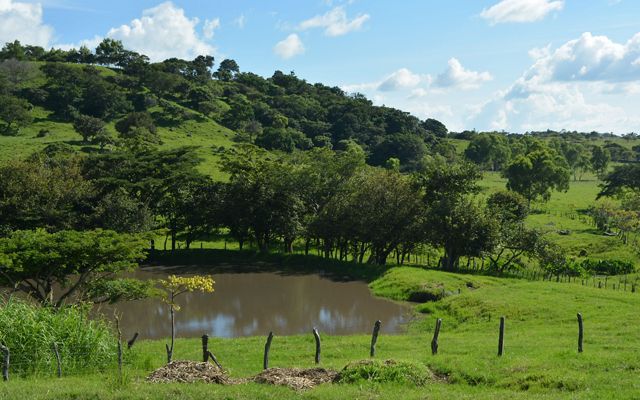
Grupo LALA participates in initiatives promoted by TNC for the implementation of silvopastoral systems and more efficient practices that allow farmers to improve the production processes of their milk.
Instead of traditional, large swaths of land for cattle grazing, silvopastoral systems are ranching models that focus on three forage levels - grasses, bushes, and trees - and within a controlled smaller plot of land. The impacts of these systems are widespread. The ranchers invest less into their farm as they now have sufficient food year-round. The milk quality and production increases, allowing for higher prices which spur economic growth in the community. The natural areas are left untouched to allow for forest conservation, forest restoration, water recharge, soil conservation and biodiversity to thrive. The cows benefit from a more balanced protein and fibrous diet without overheating thanks to the abundant shade cover. Lastly, the buyer organizations like LALA ensure a secure supply all year-round and receive better quality milk to use for their dairy production.
This strategic alliance will work with five of the largest-producing cooperatives in Boaco and Matagalpa by establishing model farms and innovative financial mechanisms. Through a farmer-to-farmer educational approach and a systematic training in business and financial management for the cooperatives, the goal is to strengthen resilience to climate change and implement healthy agricultural systems across the via lactea region in Nicaragua.
For Jeudyn and his family, their hopes remain with finding a model that works for them. They are up every morning before the sun rises at 5:00 am to milk their cows and fill their pichingas, with the hopes that the stability they enjoy for six months a year can remain constant for 12 months. The sustainability of a model like this will not only ensure a steady income but also allow for Jeudyn to minimize risk and effectively plan for the long-term development of his farm, his family and his community. Together, with actors across all levels, this project can help deliver solutions to combating the poverty issues that have had devastating impacts on Nicaragua.
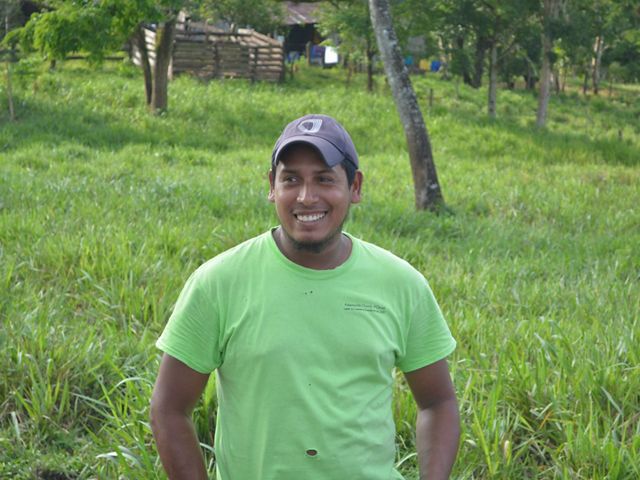
To learn more, visit here: https://www.resilientcentralamerica.org/en/nicaragua/
